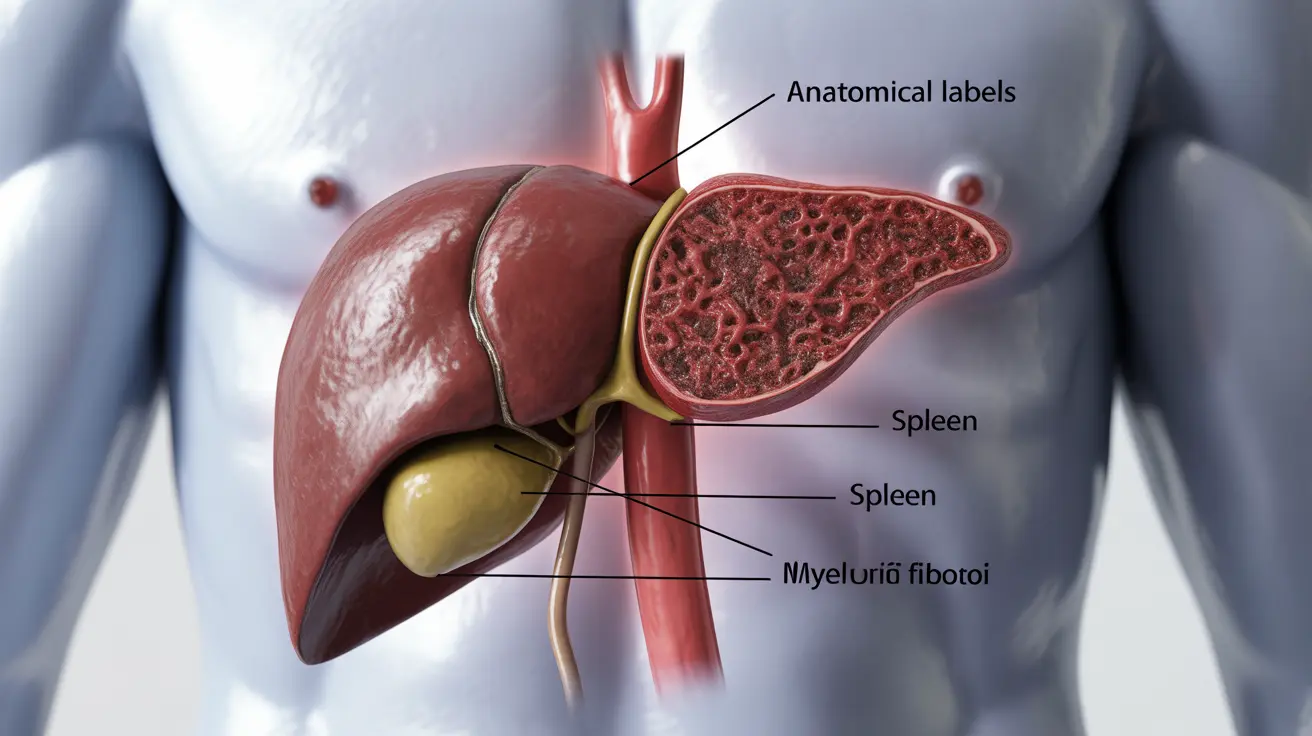Myelofibrosis is a serious bone marrow disorder that can significantly impact life expectancy and quality of life in its advanced stages. For patients and families facing this challenging diagnosis, understanding what to expect during the final stages can help in preparing for and managing this difficult time.
This article provides detailed information about the progression of end-stage myelofibrosis, common complications, and available supportive care options to help maintain comfort and dignity during advanced illness.
Late-Stage Symptoms and Disease Progression
As myelofibrosis advances into its final stages, patients typically experience an intensification of existing symptoms and the development of new complications:
- Severe fatigue and weakness
- Significant weight loss
- Frequent infections
- Easy bruising and bleeding
- Night sweats
- Bone pain
- Shortness of breath
The progression of symptoms often correlates with increasing bone marrow failure and organ dysfunction, particularly affecting the spleen and liver.
Common Complications in Advanced Disease
End-stage myelofibrosis typically involves several serious complications that can impact survival:
Severe Anemia and Blood Cell Deficiencies
The bone marrow's inability to produce adequate blood cells leads to severe anemia, increased bleeding risk, and compromised immune function. This often requires frequent blood transfusions and careful monitoring.
Organ Enlargement and Dysfunction
Progressive enlargement of the spleen and liver can cause:
- Severe abdominal pain
- Early satiety
- Breathing difficulties
- Portal hypertension
- Potential organ rupture in severe cases
Life Expectancy and Disease Progression
The progression of myelofibrosis varies significantly among individuals. While some patients may live for many years after diagnosis, others experience more rapid progression. Factors affecting survival include:
- Age at diagnosis
- Presence of genetic mutations
- Severity of bone marrow fibrosis
- Development of acute leukemia
- Response to available treatments
Managing End-Stage Disease
Comprehensive care in advanced myelofibrosis focuses on symptom management and quality of life. Treatment approaches typically include:
Palliative Care Support
Palliative care specialists work to:
- Control pain and other symptoms
- Provide emotional support
- Help with decision-making
- Coordinate care between healthcare providers
- Support family members and caregivers
Supportive Treatments
Various interventions may help manage symptoms:
- Regular blood transfusions
- Pain management medications
- Infection prevention strategies
- Nutritional support
- Physical therapy when appropriate
Frequently Asked Questions
What are the common symptoms and signs experienced in the late stages of myelofibrosis?
Late-stage myelofibrosis typically presents with severe fatigue, significant weight loss, frequent infections, easy bruising, night sweats, bone pain, and breathing difficulties. Patients may also experience severe anemia requiring regular blood transfusions.
How does myelofibrosis lead to death and what complications are most common?
Death from myelofibrosis usually occurs due to complications such as severe bone marrow failure, overwhelming infections, bleeding complications, or transformation to acute leukemia. Organ failure, particularly involving the liver and spleen, can also contribute to mortality.
What is the typical progression and life expectancy for someone diagnosed with advanced myelofibrosis?
Life expectancy varies significantly among patients, depending on factors such as age, genetic mutations, and disease severity. While some patients live for many years, those with advanced disease typically have a more limited prognosis, often measured in months to a few years.
How can palliative care help manage symptoms and improve quality of life in terminal myelofibrosis?
Palliative care provides comprehensive symptom management, emotional support, and coordination of care. This includes pain control, management of complications, support for decision-making, and assistance for both patients and their families.
What causes the severe anemia and organ enlargement seen in end-stage myelofibrosis?
Severe anemia results from progressive bone marrow failure and fibrosis, which impairs normal blood cell production. Organ enlargement, particularly of the spleen and liver, occurs as these organs try to compensate for the bone marrow's inability to produce blood cells effectively.




